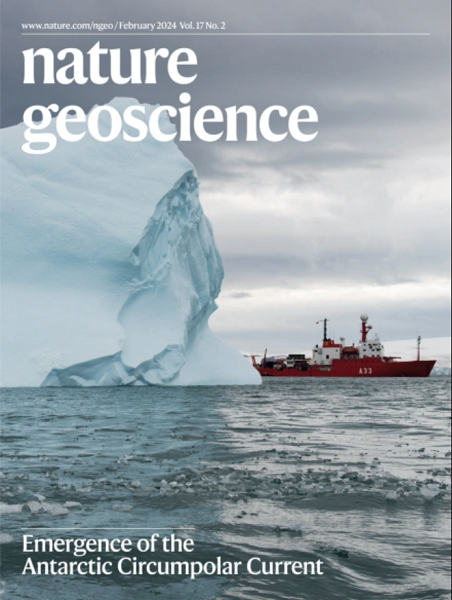A case for pronunciation guides for place names in scientific publications
IF 15.7
1区 地球科学
Q1 GEOSCIENCES, MULTIDISCIPLINARY
引用次数: 0
科学出版物地名读音指南案例
英语单词的正确发音并不总是直截了当的,尤其是在地学研究中很重要的地名和其他专有名词。例如,在美国伊利诺斯州北部以前的露天煤矿的沉积层中,保存完好的石炭纪化石组合,包括神秘的Tullimonstrum,一种已灭绝的软体脊椎动物1,2。这个组合被称为马松溪动物群,以流经该地区的一条小河命名。当地人把这条河和附近城镇的名字读成“muh-ZON”,但许多地球科学家把这种动物群的名字读成“MAY-zon”。这就引出了一个问题:地名的正确读音是什么?诺亚·韦伯斯特在他1803年的词典中写道:“真正的发音是在这个地方及其附近流行的发音。”地名的发音混乱会因地区特点而加剧。例如,美国密歇根州的夏洛特市对居民来说是“share - lott”,但美国北卡罗来纳州的夏洛特市对市民来说是“share -let”。“Mazon”这个名字源于当地阿尔冈昆语,意思是荨麻,这种植物在该地区大量生长,这个词的发音是“much - zon”。事实上,“much - zon”是“在这个地方及其附近流行的”发音,也是伊利诺斯州使用的官方发音。
本文章由计算机程序翻译,如有差异,请以英文原文为准。
求助全文
约1分钟内获得全文
求助全文
来源期刊

Nature Geoscience
地学-地球科学综合
CiteScore
26.70
自引率
1.60%
发文量
187
审稿时长
3.3 months
期刊介绍:
Nature Geoscience is a monthly interdisciplinary journal that gathers top-tier research spanning Earth Sciences and related fields.
The journal covers all geoscience disciplines, including fieldwork, modeling, and theoretical studies.
Topics include atmospheric science, biogeochemistry, climate science, geobiology, geochemistry, geoinformatics, remote sensing, geology, geomagnetism, paleomagnetism, geomorphology, geophysics, glaciology, hydrology, limnology, mineralogy, oceanography, paleontology, paleoclimatology, paleoceanography, petrology, planetary science, seismology, space physics, tectonics, and volcanology.
Nature Geoscience upholds its commitment to publishing significant, high-quality Earth Sciences research through fair, rapid, and rigorous peer review, overseen by a team of full-time professional editors.
 求助内容:
求助内容: 应助结果提醒方式:
应助结果提醒方式:


